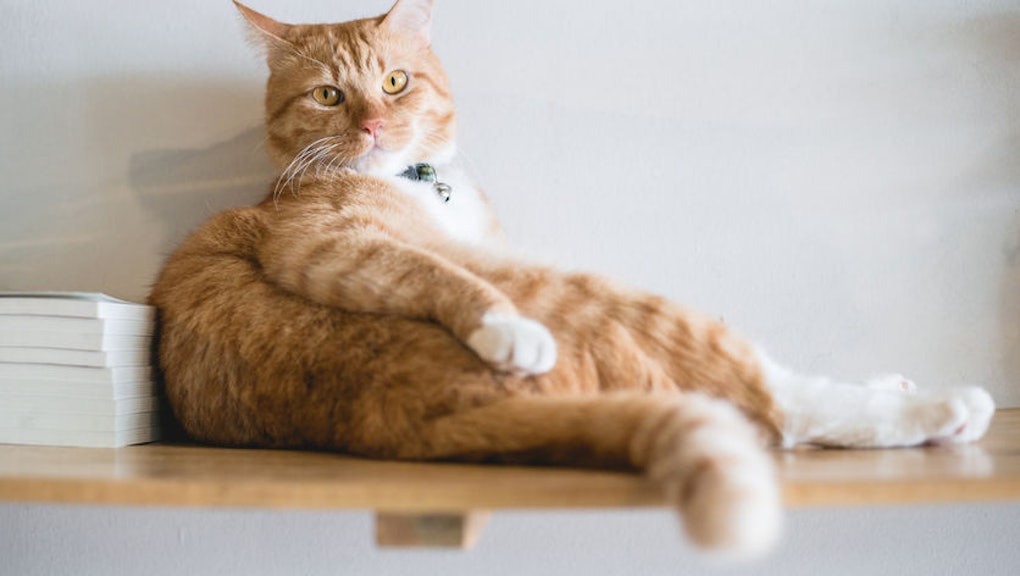
In this world, certainly many people who claim to be cat lovers, including myself too, I love cats so much. My friends and my family give me the nickname as 'The Mother of Cat'. However, many of the other cat lovers don't know the facts about cats. Actually, this adorable animal has a secret that you must know as a cat lover. The hidden facts are guaranteed to make you more affectionate to this tiny animal.
Well, actually what are the facts about cats that should be known? There are one, two, three or more? Surely you are curious cat lovers, right? Let's look at exposure to interesting facts about this animal.
1. Cats spend between 30 to 50 percent of their day grooming themselves.
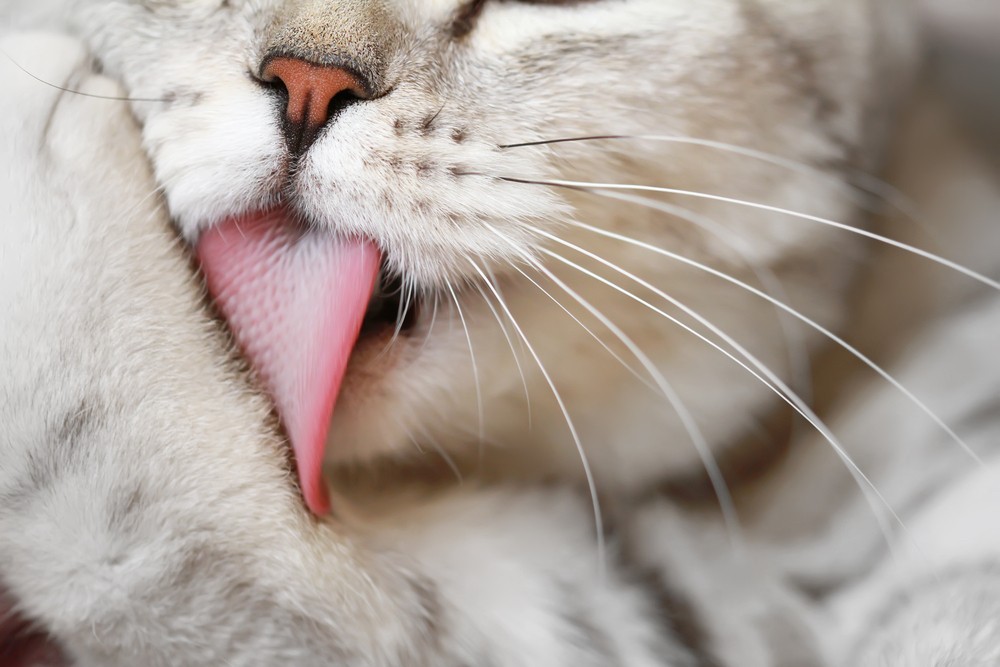 are you that clean?
This behavior serves several purposes: It helps cats tone down their
a scent so they can avoid predators, it cools them down, it promotes blood
flow, and it distributes natural oils evenly around their coat,
allowing them to stay warm and dry. Grooming also serves as a sign of
affection between two cats, and it’s thought that saliva contains
enzymes that serve as a natural antibiotic for wounds.
are you that clean?
This behavior serves several purposes: It helps cats tone down their
a scent so they can avoid predators, it cools them down, it promotes blood
flow, and it distributes natural oils evenly around their coat,
allowing them to stay warm and dry. Grooming also serves as a sign of
affection between two cats, and it’s thought that saliva contains
enzymes that serve as a natural antibiotic for wounds.
2.Your cat's tummy pooch serves a purpose.
That little belly your cat has isn't just the result of those extra treats you've been giving them. Carlson says that this feline spare tire isn't "extra chub," but rather a spot on the cat's body that "stores food, protects cat's organs in cat fights, and helps felines move easier by extending when chasing prey."
3. A purr is a sign of self-healing.
The purr is often translated as a sign of contentment, but it may be more complex than that. Not all purring is related to pleasure—in some cases, it reflects pain or nervousness. And according to Leslie A. Lyons, an assistant professor at the School of Veterinary Medicine at the University of California, Davis, it could be a sign that a cat's muscles and bones are recovering.
4. A cat's nose has catnip receptors.
Ever wonder why catnip lulls felines into a trance? The herb contains several chemical compounds, including one called nepetalactone, which a cat detects with receptors in its nose and mouth. The compounds trigger the typical odd behaviors you associate with the wacky kitty weed, including sniffing, head shaking, head rubbing, and rolling around on the ground.
5. But most cats don't respond to catnip.
More than half of the world’s felines don’t respond to catnip. Scientists still don’t know quite why some kitties go crazy for the aromatic herb and others don’t, but they have figured out that catnip sensitivity is hereditary. If a kitten has one catnip-sensitive parent, there’s a one-in-two chance that it will also grow up to crave the plant. And if both parents react to 'nip, the odds increase to at least three in four.6. If you love cats, you're an ailurophile.
Looking to elevate your vocabulary? Try using the word ailurophile in a casual conversation. It’s a fancy word for "cat lover," and it’s derived from the Greek word for cat, ailouros, and the suffix -phile, meaning "lover." Conversely, the word ailurophobe—a combination of ailouros plus phobe—describes someone who hates cats.
7. Cats might be marking you as territory when they massage you.
Sounds right. Experts haven’t figured out why cats like to knead, but they’ve come up with several possible explanations, one being that your kitty is trying to mark their "territory" (that’s you!) with the scent glands in their paws. And since kittens knead their mama’s belly to stimulate milk production, there’s also a chance that they carry this behavior into adulthood—a phenomenon known as a "neotenic behavior."
8. Cats don't always land on their feet.
Contrary to popular belief, cats don’t always land on their feet when they fall. But more often than not, all four paws end up touching the ground. Cats have a fantastic sense of balance, so they’re able to tell “up” from down and adjust their bodies accordingly. If they sense they’re plummeting downwards, they twist their flexible backbones mid-air, allowing them to right themselves so they don’t fall splat on their backs. Additionally, cats can spread their legs out to “parachute” through the air, and they’re small, light-boned, and covered in thick fur—meaning their fall isn’t going to be as hard as, say, a dog’s.
9. Your cat might be allergic to you.
Usually we think it's the other way around, but even if you’re not allergic to cats, your cat might be allergic to you. One in 200 cats are believed to have asthma—and this number continues to rise among indoor kitties as they're more frequently exposed to cigarette smoke, dust, human dandruff, and pollen.
10. No one knows why black cats are considered to be bad luck in some cultures.
This myth has
persisted across Western civilization for centuries. Felines with dark
fur first became linked with the Devil during the Middle Ages, and when
the Black Death pandemic ravaged Europe in the mid-14th century,
superstitious individuals responded by killing off the black cat
population. Little did they know that vermin carried the deadly disease
and that the rodent-eating cats actually helped curb its spread. And
black cats eventually became associated with witches because women
accused of practicing black magic tended to adopt alley cats as
companions.
11. In Great Britain and Japan, black cats are good luck.
Black cats are considered to be a bad omen in the U.S., but in Great Britain and Japan, they’re perceived as auspicious. In the English Midlands, new brides are given black cats to bless their marriage, and the Japanese believe that black cats are good luck—particularly for single women. Meanwhile, the Germans believe that a black cat crossing your path from left to right is ominous, but if the feline switches directions and goes right to left, it’s fortuitous.12. Cats can't taste sweets.
Cats are genetically predisposed to not be able to taste sweets. They will likely nibble off your plate if it contains meat, but they’ll leave it alone if it’s laden with cake.13. Cats like small spaces.
Why do cats love to cuddle up
in boxes? Animal experts think that the enclosed spaces make felines
feel more protected, secure, and important—kind of like they’re back in
the womb. (Sure enough, researchers found that when shelter cats are
provided with boxes to cuddle up in, they adjust faster and are less
stressed than kitties that aren't given boxes.) Also, sleeping in a box
might help a feline retain more body heat so it stays nice and toasty,
and therefore relaxed.
14. Cats sleep up to 70 percent of their lives.
Domestic cats do mostly one of four things: sleep, eat, run, or play. It
turns out, sleeping takes up more time than the other three activities
combined. With up to 70 percent
of their lives dedicated to sleep, cats are among the most frequent
sleepers in the animal world because, in the wild, they must use a lot
of energy to hunt.
15. Cats and humans have similar emotion centers in the brain.
You have more in common with your cat than you may realize. Both human
and cat brains are composed of gray and white matter. What's more,
according to reporting by Petful, cats tend to think in the same pattern as humans and, like us, have a long- and short-term memory.
16. Cats are likely smarter than dogs.
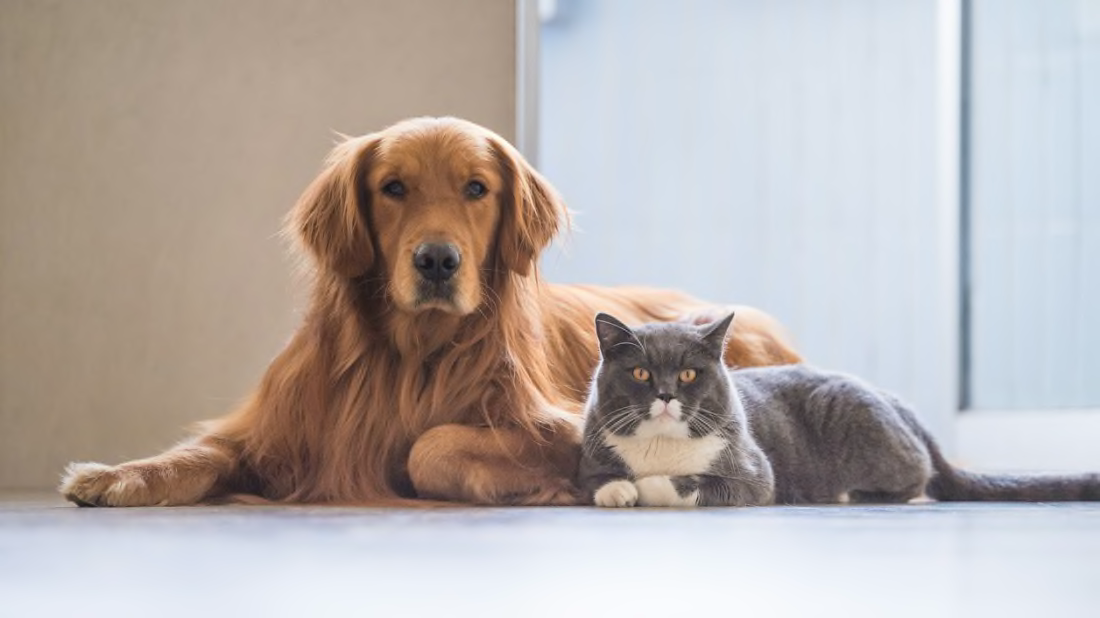
Garfield was right. The cerebral cortex
of cats—the part of the brain that is responsible for cognitive
information processing—is much more complex in felines than in canines.
It also contains twice as many neurons as dogs. Additionally, cats have proven to be better at complex problem-solving than their rival pet.
17. Cats use their whiskers in crazy ways.
A cat's whiskers are covered in nerve cells and blood vessels that help
them investigate the world around them, according to the Veterinary Centers of America.
An average cat's whiskers span about the width of its body, so cats
frequently use them to detect if they can fit into a space.
18. Cats can hunt accurately in almost complete darkness.
Your cat's uncanny ability to pounce on you even with the lights out is no coincidence. The back of a cat's eye has a reflective layer called the tapetum lucidum which "collects all available light, intensifying it and reflecting it back out of the retina," thus allowing them to accurately process images even in almost complete darkness, according to Galaxy. It's this unique ability that makes them such great hunters—and allows them to stay one step ahead of predators, too.
19. Cats are lactose intolerant.
If you're thinking about setting out a bowl of milk for your cat to enjoy, you might want to reconsider. "Even though you see cats drinking milk in movies, their bodies do not tolerate milk very well," says Sara Ochoa, DVM, a Texas-based small and exotic animal veterinarian.
20. Raw fish or raw food can be bad for cats
Another delicacy cartoons would have you believe cats love is raw
fish—but that could actually be bad for them, according to the pros at VetStreet.
Uncooked fish can contain bacteria that is harmful to cats and can
cause food poisoning. Also, an enzyme in raw fish destroys thiamine, an
essential B vitamin, which can lead to neurological problems.




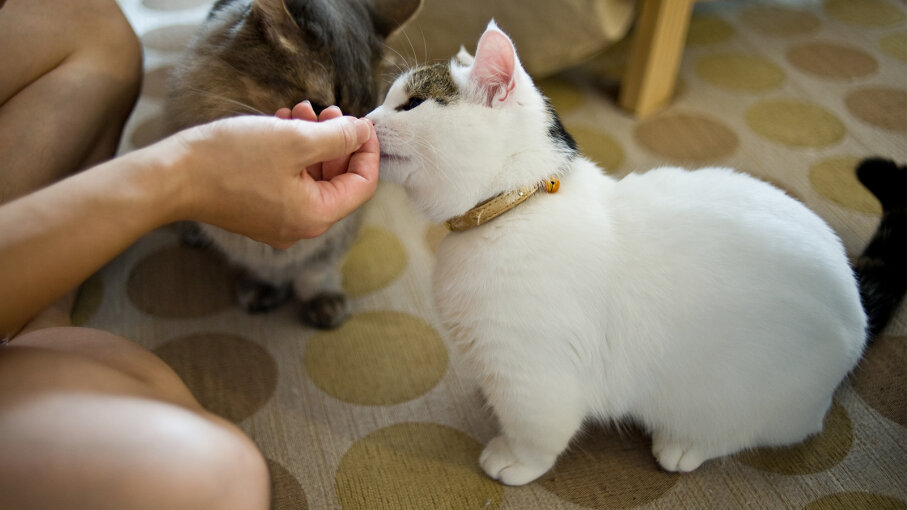
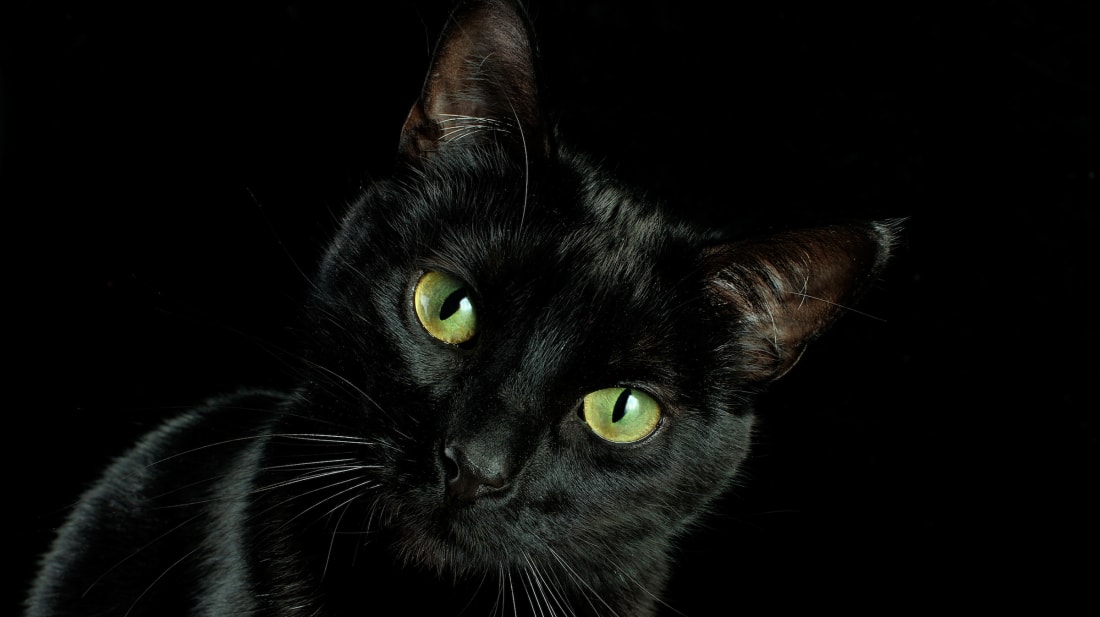




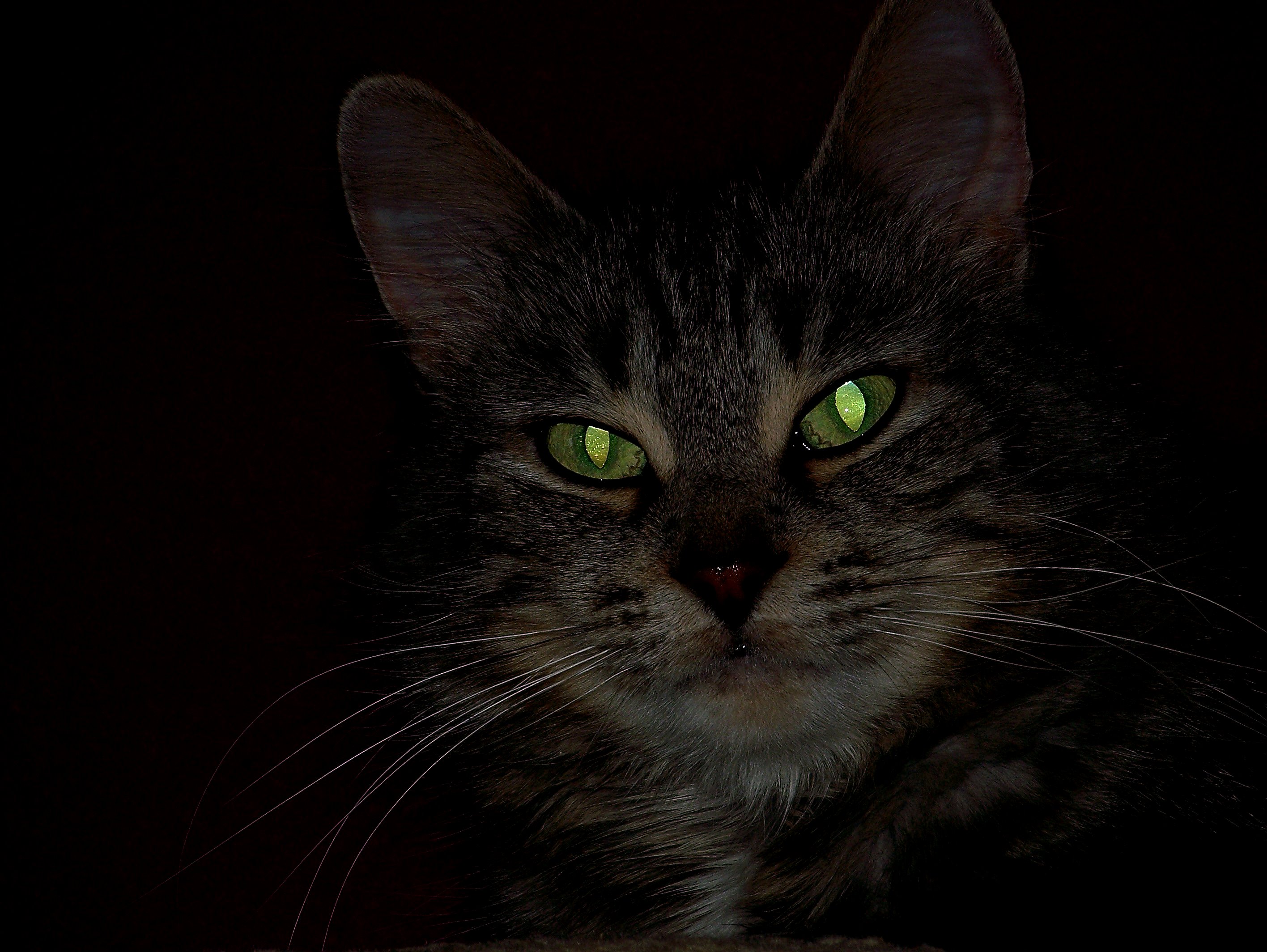

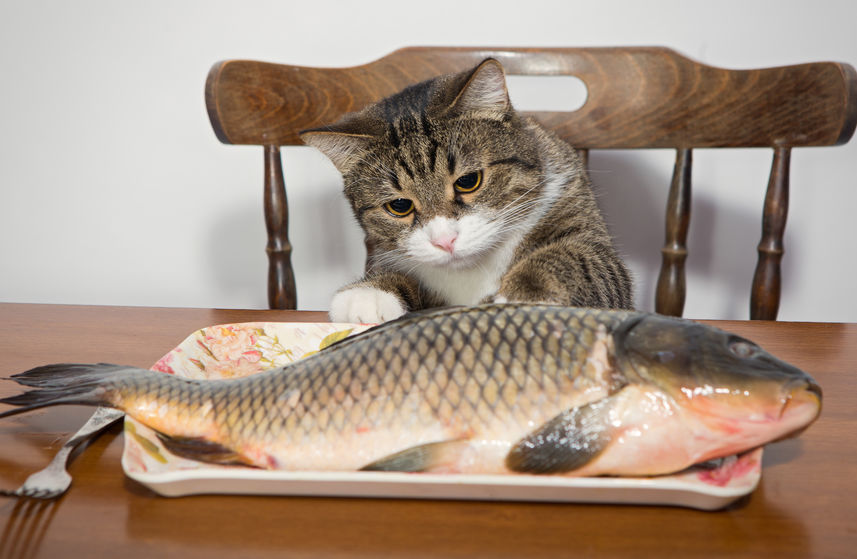















1 comment:
great job
Post a Comment